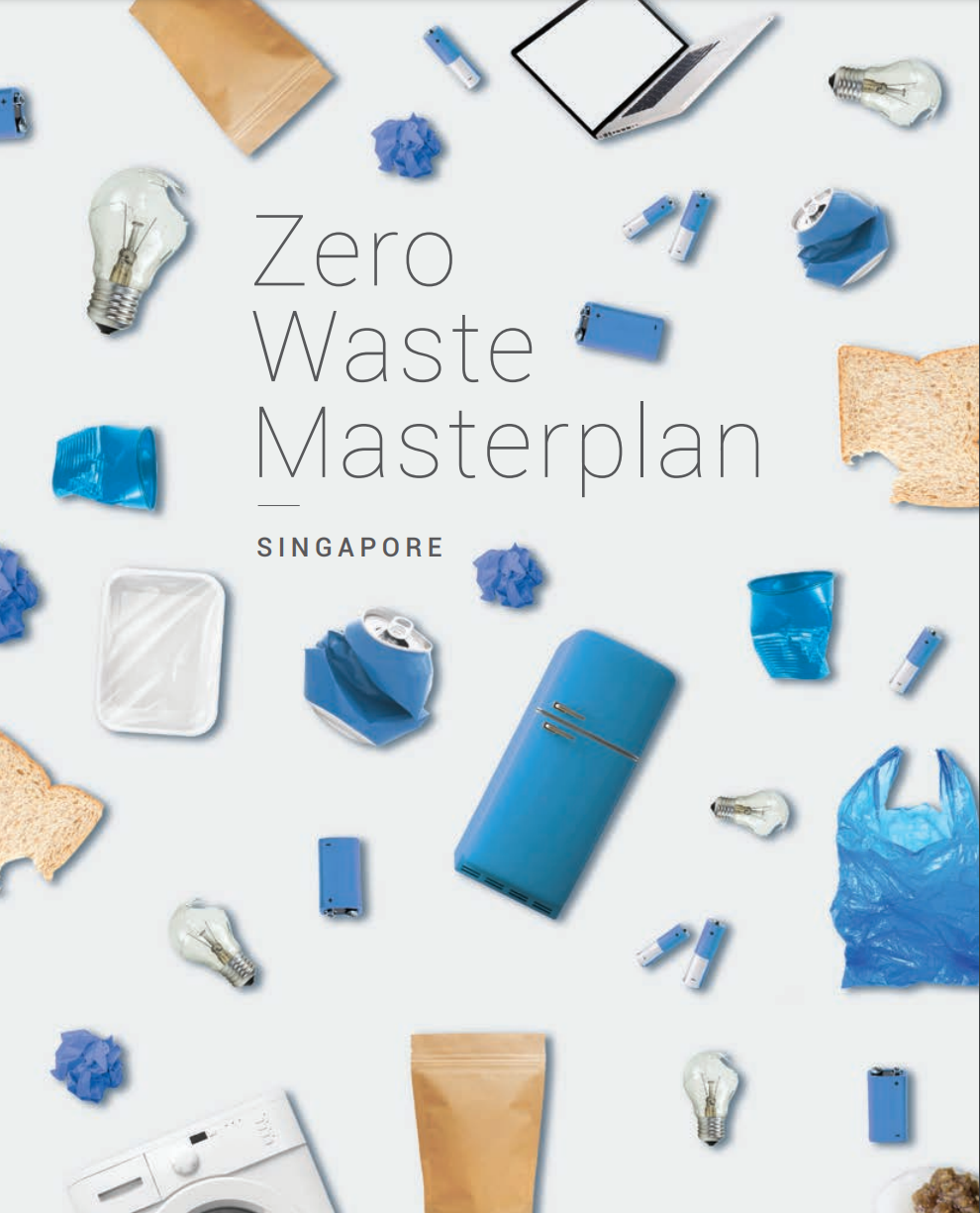Singapore’s inaugural Zero Waste Masterplan maps out Singapore’s key strategies to build a sustainable, resource-efficient, and climate-resilient nation. This includes adopting a circular economy approach to waste and resource management practices, and shifting towards more sustainable production and consumption.
The amount of waste disposed of in Singapore has increased sevenfold over the last 40 years. At this rate, Semakau Landfill, Singapore’s only landfill, will run out of space by 2035. There is limited land for building new incineration plants or landfills in Singapore. Furthermore, the incineration of waste, while efficient and avoids the problems of land and marine contamination, generates carbon emissions, which contribute to climate change.
The Masterplan has set a new waste reduction target for Singapore – to reduce the waste sent to Semakau Landfill each day by 30 per cent by 2030 – which will help to extend Semakau Landfill’s lifespan beyond 2035.
The Masterplan will lay out Singapore’s strategies to build these resiliences. Our economy is currently based on the linear “take-make-dispose” model. We want to move away from this, towards a circular one that reuses resources endlessly. To do this, we have set ourselves an ambitious target – we will reduce the amount of waste (per capita) that we send to landfill by 30% by 2030. This is on top of our existing target to achieve a 70% overall recycling rate by 2030. We can achieve these targets through sustainable production and consumption, and transforming trash into treasure.
Download Singapore’s Zero Waste Masterplan
Credit: https://www.towardszerowaste.gov.sg/


